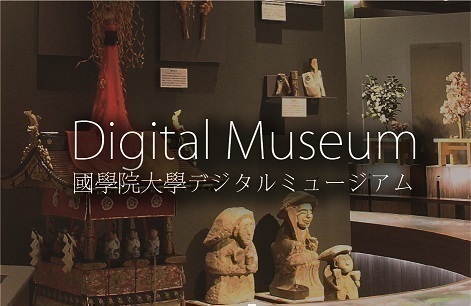- トップ
- Encyclopedia of Shinto
- Hakusan Shinkō
Encyclopedia of Shinto
| Main Menu: | |
| Links: |
詳細表示 (Complete Article)
| カテゴリー1: | 6. Belief and Practice |
|---|---|
| カテゴリー2: | Shrines and Cultic Practices |
| Title | Hakusan Shinkō |
| Text | Hakusan is the collective name given to the three mountains Gozenpō, Ōnanjimine, and Bessan located at the intersection of the regions Kaga, Echizen, and Mino. Hakusan shinkō is the faith based on the deification of these mountains. Local farmers believed that Hakusan was a mountain inhabited by "water kami" (suijin), dragon kami (ryūjin), and the spirits of the dead. Fishermen of the Japan Sea worshipped Hakusan as a kami of fishing and seafaring. The Jinmyōchō section of the Engishiki records a "Shirayamahime Jinja" in Ishikawagun, Kaga (Tsurugimachi, Ishikawa Prefecture), but after the medieval period when "kami and Buddha syncretism" (shinbutu shūgū) developed, it became customary to read "shirayama" as "hakusan" (both are readings of the characters 白山). There are various theories as to the preponderance of Hakusan shrines (jinja or gongen) in eastern Japan in areas where outcastes (hisabetsu) live, but the reason for this are unknown. There have been various "enshrined kami" (saijin) claimed for the shrine, but currently Kukurihime no kami (i.e. Shirayamahime no ōkami) is the main kami worshipped alongside Izanagi no kami and Izanami no kami. Kukurihime no kami is worshipped at the shrine okumiya on Mount Gozenpō, Ōnamuchi no kami is enshrined at Ōnanji Jinja on Mount Ōnanjimine, and Ōyamatsumi no kami is worshipped at Bessan Jinja on Mount Bessan. The Shirayama no ki, however, states that the indigenous "land master kami" (jinushigami) gave his land to Hakusan Gongen, and moved to Mount Bessan. This story is thought to reflect the expanded power of people who worshipped the newly Buddhist-styled Hakusan Gongen. Hakusan was a "mountain where the kami abides" (shintaisan) (which was taboo to ascend), but along with the development of Shugendō people began to ascend the mountain. Legend claims that the "mountain was opened" (kaisan) by Taichō Shōnin at the beginning of the Nara Period, but his name does not appear in sources from that era. However, his name does appear in such Heian Period documents as the Taichō kashō denki and the Shirayama no ki, and therefore we can surmise that there were already people climbing the mountain for worship in the Heian Period. The Shirayama no ki was copied 1439 but the original manuscript is believed to date back to the Heian Period. According to this text, Mount Gozenpō, where Kukurihime no kami is enshrined, was referred to by the name Zenjō (meditation), the kami was called Hakusan Myōri Daibosatsu, the "original Buddhist deity" (honjibutu) of Kukurihime no kami was the Eleven-faced Kannon (Ekadasamukha Avalokitesvara), Ōnamuchi no kami was the Buddha Amida (Amitābha), and Ōyamatsumi no kami was Shō Kannon (Ārya-Avalokitesvara). The text also records the legend that if one drinks water from the lake Midorigaike, where Hakusan Myōri Daibosatsu was supposedly born, one would achieve the "merit" (riyaku) of an extended, long life. Documents place the site of Shirayamahime Jinja in Kaga, but there were three routes for climbing the mountain, from Hakusan Kagababa, Hakusan Echizenbaba, and Hakusan Minobaba, indicating that pilgrimages could start from each of the three regions that the mountain straddles. The mountain pilgrimage route is called a zenjōdō (path of meditation), the entrances to the mountain trails are called baba, and there were also places to worship from a distance. Along the pilgrimage route are shrines called Hakusan Shichisha (the Seven Shrines of Hakusan). Women were permitted pilgrimage as far as the center shrine (Chūgū). We can imagine that many people made pilgrimages to the shrine as a result of the use of such materials as the Shirayama no ki and Hakusan sankei mandala paintings for preaching about the merits of Hakusan. Lodging facilities were established at the baba sites to accommodate pilgrims, and a system of Hakusan "associations" (kō) developed, in part due to the activities of oshi. Thus the cult of Hakusan spread. — Nogami Takahiro |




